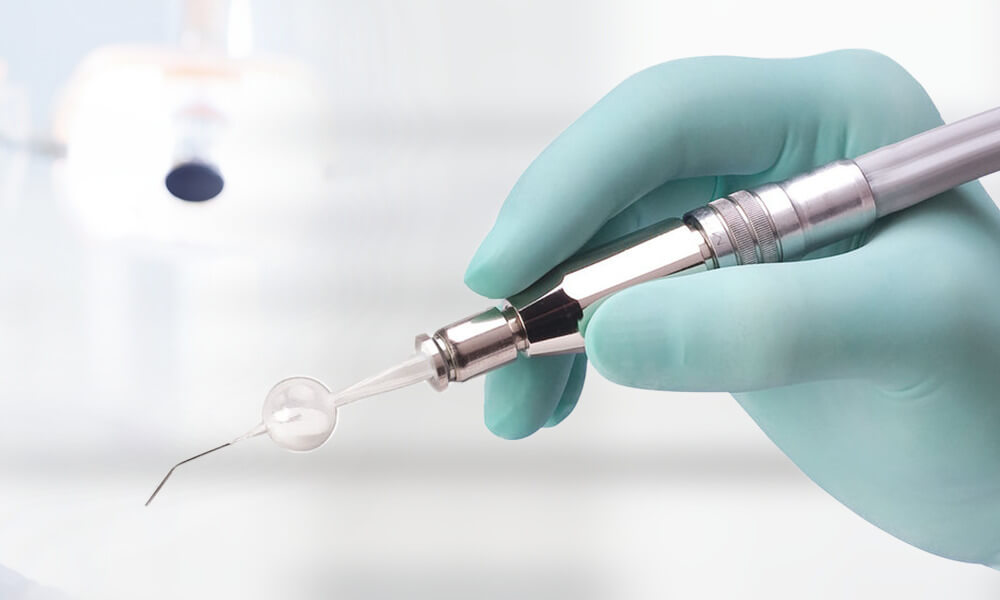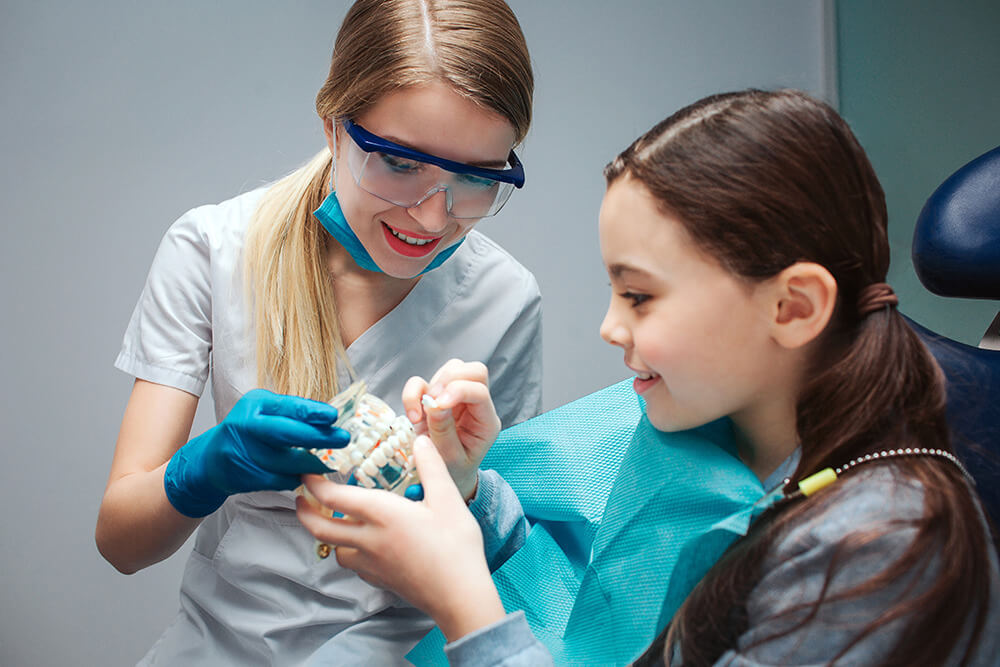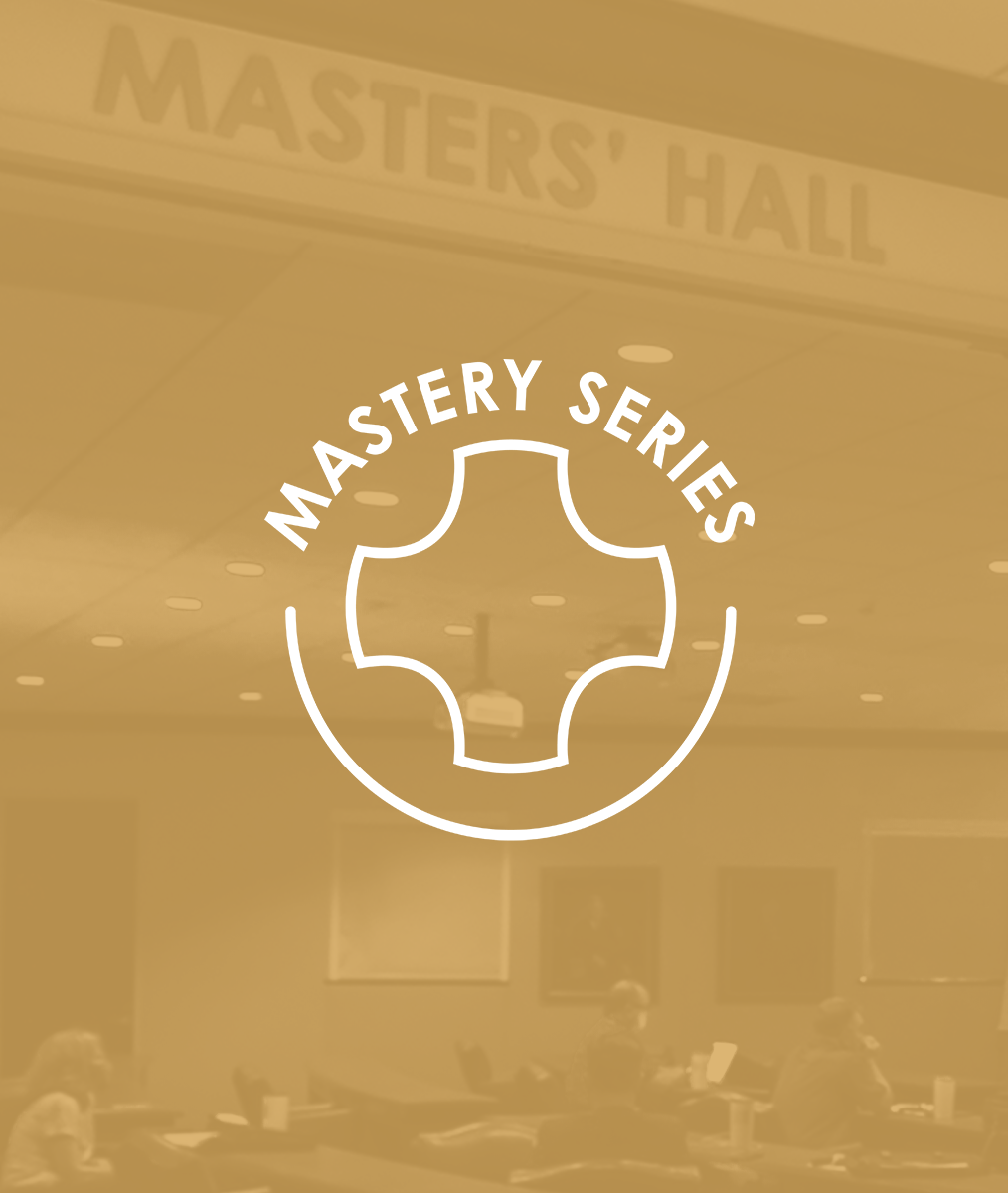Using Air Abrasion for Composite Repair
A while ago, I had the opportunity to repair a small bubble in an old composite restoration, and I got to thinking you might like to know how I use air abrasion to do this type of repair.
I don’t know how many times you see this, but I frequently see small holes in old composite restorations. In many cases, the margins look good. Everything looks good about the restoration except where there was an air bubble when the composite was placed and now there is a little hole on the occlusal surface. Food can get trapped and staining can occur in the hole, but the hole doesn’t descend into the tooth. And sometimes I see a little gap on the margin of an old composite with staining or early decay. In both cases, I don’t want to remove the entire restoration.
I use a lot of air abrasion in my practice, and in particular, I find it is wonderful for repairing old composite. I have the EtchMaster® from Groman. It’s a little handpiece that is super easy and convenient. It makes using air abrasion chairside something you will want to do every day.
Use 50-micron aluminum oxide air abrasion to clean out the stain, etch the old composite, and etch the tooth. If any tooth structure is to be etched, this air abrasion is a replacement for phosphoric acid. So, in one easy step, you have prepped the tooth and the composite. A plus of this technique is that local anesthetic is not needed if the hole does not extend into the tooth.
Now you can go in and use your dentin adhesive and replace your repair composite. Today, dentin adhesives contain MDP or PMMA which is the chemistry we need for the new composite to bond to the old composite. If I were to repair a composite restoration with a handpiece and a burr, I would not get the same bonded interface between the new resin and the old resin.
For both ease, patient comfort, and the best bond, I choose to treat previously polymerized resin with air abrasion and then some sort of resin that contains either MDP or PMMA.
Related Course
E2: Occlusal Appliances & Equilibration
DATE: August 10 2025 @ 8:00 am - August 14 2025 @ 2:30 pmLocation: The Pankey Institute
CE HOURS: 44
Dentist Tuition: $ 7400
Single Occupancy with Ensuite Private Bath (per night): $ 345
What if you had one tool that increased comprehensive case acceptance, managed patients with moderate to high functional risk, verified centric relation and treated signs and symptoms of TMD? Appliance…
Learn More>














